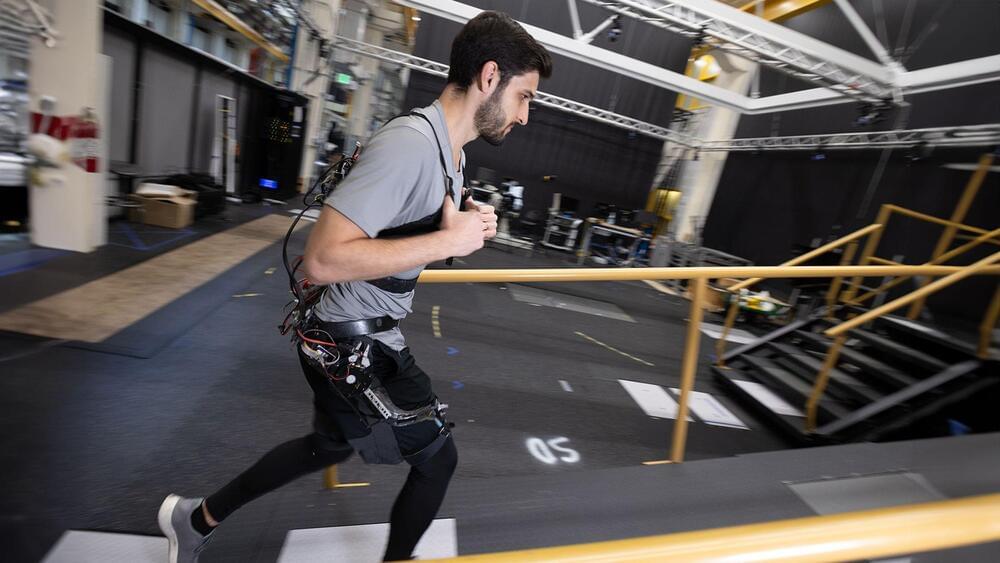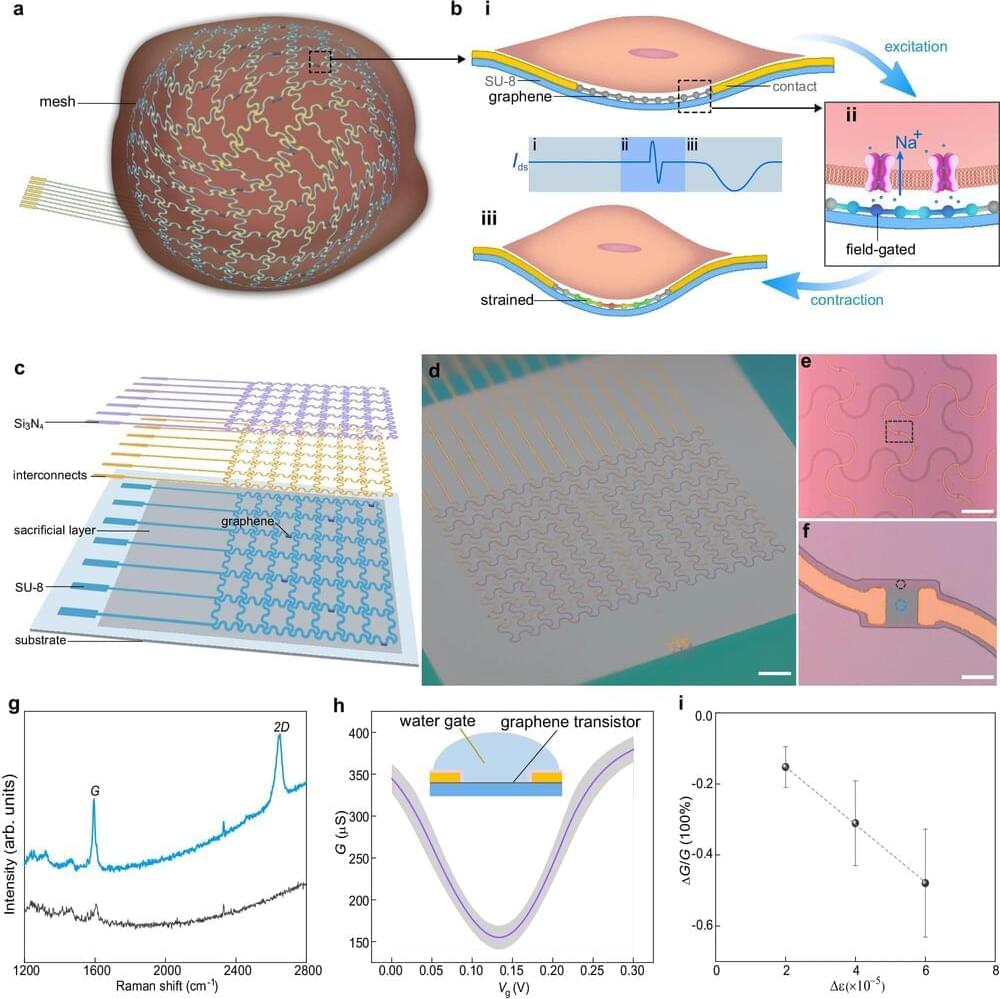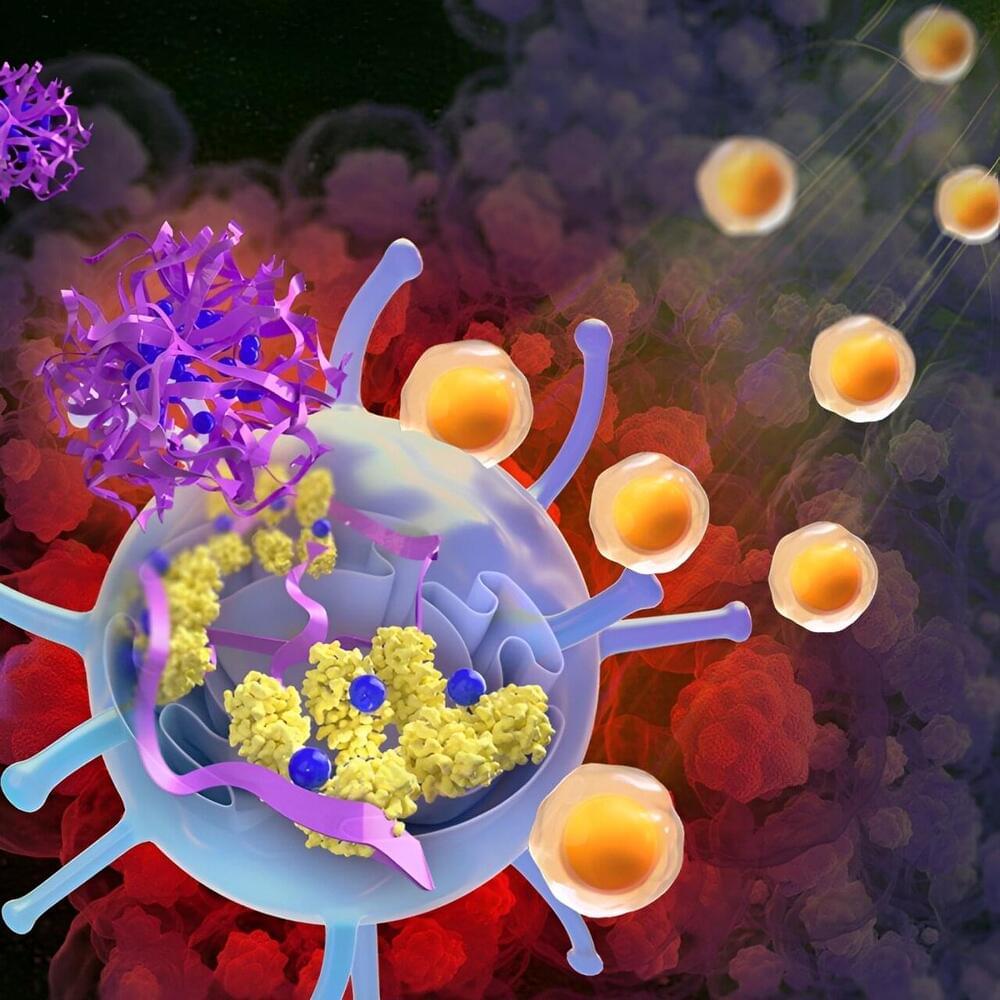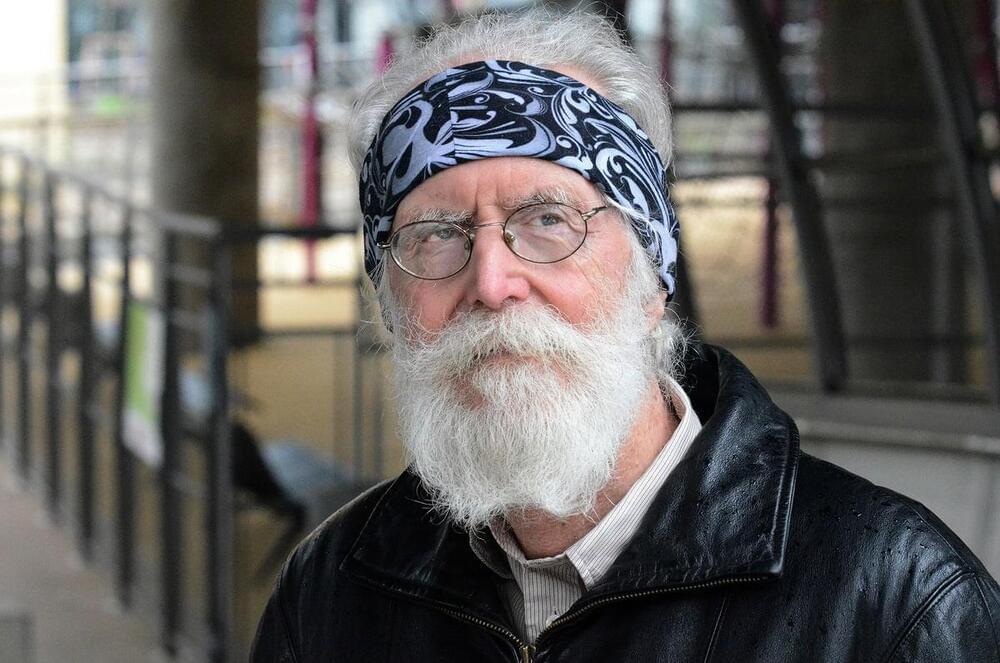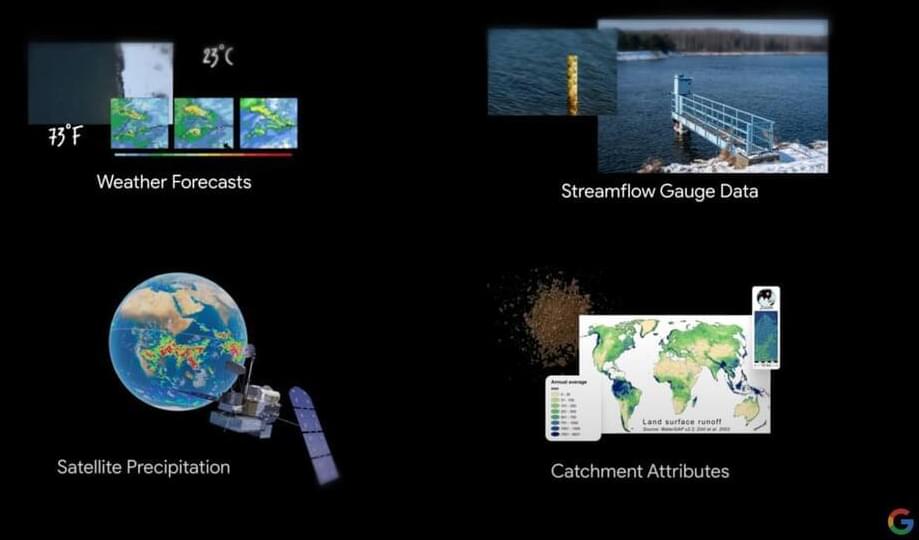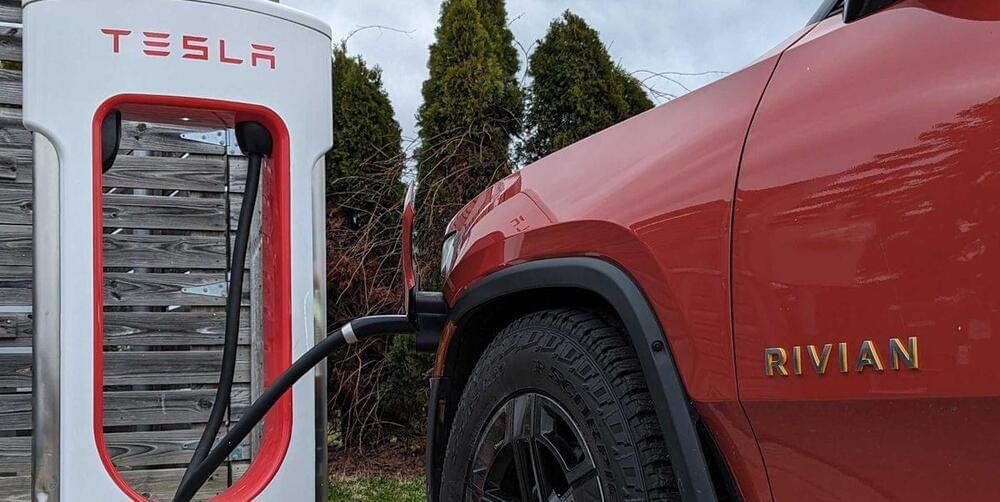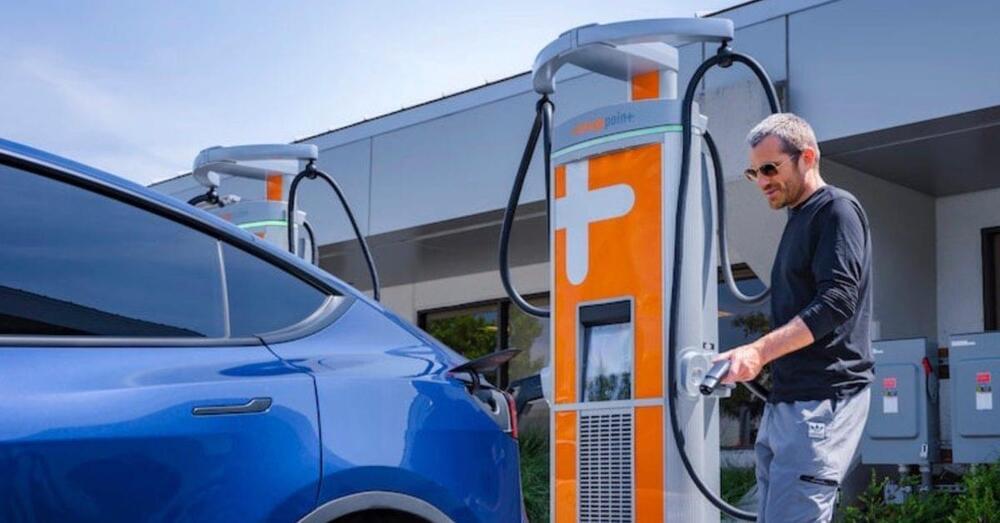In a world’s first, surgeons at the Massachusetts General Hospital in Boston have transplanted a kidney from a gene-hacked pig into a living 62-year-old man.
Researchers are hoping the procedure could reduce our reliance on both hard-to-come-by human donor kidneys, and the expensive dialysis machines that treat kidney disease and failure.
Fortunately, the surgeons’ efforts appear to have paid off — at least for now. The pig kidney started producing urine not long after the surgery last weekend, the New York Times reports. The patient’s condition also continues to improve, according to the report.


